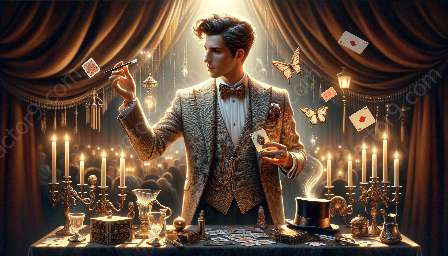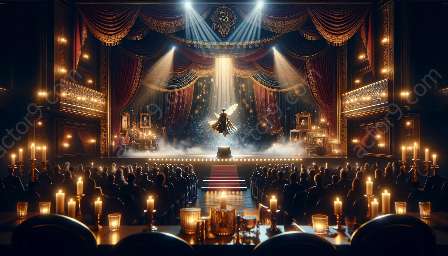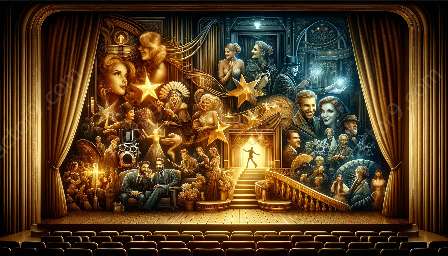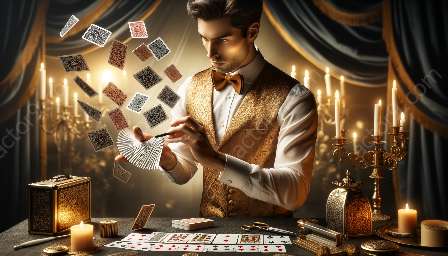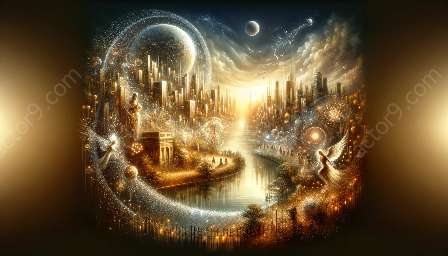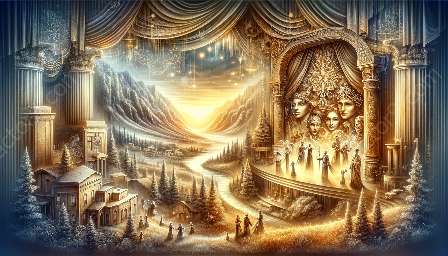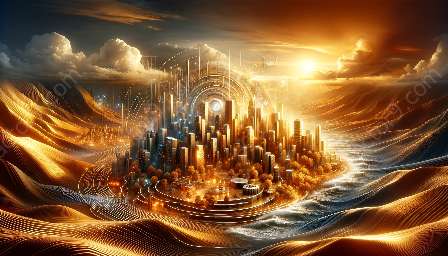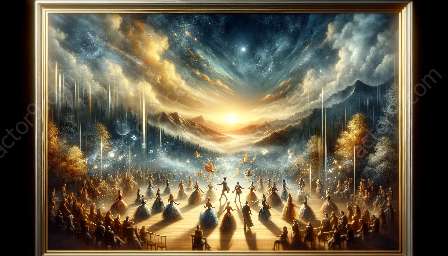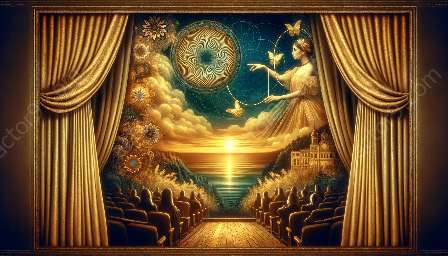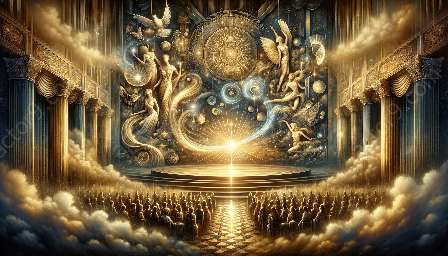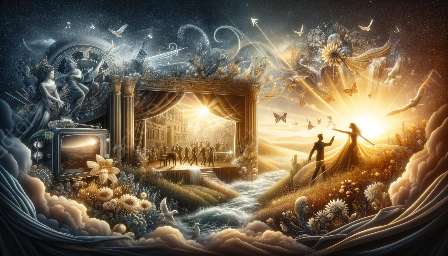Close-up magic, also known as micromagic or table magic, has a captivating history that spans centuries, enthralling audiences with the intricacy of its illusions. From its ancient origins to its modern evolution, close-up magic has continued to fascinate and inspire wonder. Let's delve into the rich tapestry of its historical roots and trace its remarkable journey over time.
The Ancient Origins of Close-Up Magic
Close-up magic can trace its origins to ancient civilizations where mystics and illusionists performed feats of sleight of hand and misdirection. These early practitioners used their skills to entertain and even mystify audiences, as they showcased seemingly impossible tricks and illusions using everyday objects.
The Renaissance and the Birth of Modern Close-Up Magic
During the Renaissance period, close-up magic experienced a resurgence, with performers honing their craft and presenting more sophisticated illusions. This era saw the rise of conjurers who popularized close-up magic in the courts and salons of Europe, enchanting audiences with their dexterity and creativity.
The Golden Age of Magic and Innovation
In the 19th and early 20th centuries, close-up magic underwent a period of significant innovation and development. Magicians such as Jean Eugène Robert-Houdin and Harry Houdini revolutionized the art form, introducing new techniques and creating some of the most iconic close-up magic acts in history. The era witnessed the establishment of magic societies and the publication of influential magic literature, further propelling the evolution of close-up magic.
Modern Close-Up Magic and Contemporary Innovations
Today, close-up magic continues to thrive, with contemporary magicians carrying on the legacy of their predecessors while incorporating modern technology and creativity into their performances. The digital age has also introduced new avenues for magicians to showcase their talents, reaching global audiences through social media and online platforms.
Conclusion
The historical origins and evolution of close-up magic illustrate its enduring appeal and ongoing innovation. From ancient civilizations to the present day, close-up magic has captivated audiences and evolved into an art form that continues to intrigue and inspire wonder. Its rich history serves as a testament to the timeless fascination with the art of illusion and the enduring skill of the magicians who bring it to life.


